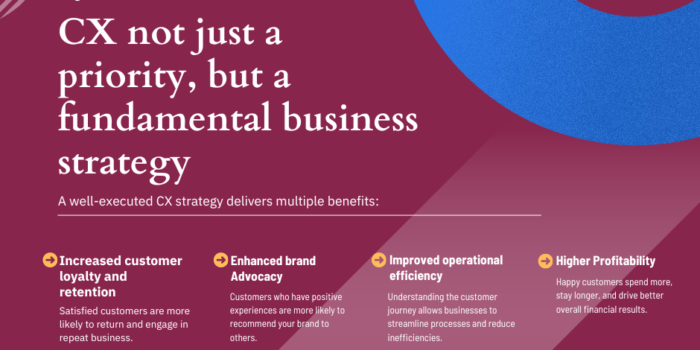India is now witnessing one of the most vibrant consumption-led growth periods as seen in recent times. Young people have emerged as the main force behind India’s credit expansion.
Retail loan demand is on the rise in India, outpacing credit growth generated by the service sector and other industries. A change in spending patterns is being observed in several of the main industries as a result of the recent development of youthful credit growth drivers.
How magnanimous has the growth been?
For the first time, customers between the ages of 18 and 30 have accounted for the majority of credit inquiries. They accounted for 43 percent of retail credit inquiries, up from 38 percent in the same quarter of 2021 and 33 percent the previous year. As of December 30, 2022, personal loans accounted for the majority of non-food credit in India. 6 out of every 10 ten personal loans were for houses and autos. The combined loan amount for the two categories has surpassed the total loan amount for the agriculture industry. According to the Reserve Bank of India (RBI), credit growth has climbed from 28% in 2021 to 30%, amounting to Rs 39.3 lakh crore (~US$476 billion) in 2022.
This tendency has been significant across industries, accelerated by expansion in products such as credit cards, consumer durable loans, and personal loans, among others. This demonstrates the country’s solid credit expansion in the face of unpredictable macroeconomic issues like inflation and interest rates, which are weighing on economies in both established and emerging countries throughout the world.

The real estate industry has experienced extraordinary expansion. Residential homes valued above Rs 1.5 crore (US$181,300) accounted for more than 30% of all sales across the country in 2022, up from roughly 23% in 2021.
In 2022, domestic utility vehicle sales outpaced personal vehicle sales by more than 185,000 for the first time. Unlike in previous years, when compact SUVs (sport utility vehicles) were the preferred choice, automobiles priced well beyond Rs 15 lakh (US$18,000) led the growth in the second half of the year and the first month of 2023.
Banks, realtors, and the automobile sector are some to name that are putting themselves in the best possible positions to profit from this new trend. All significant organizations and brands in these industries have already given revised instructions and structures for their customer-facing staff to cater to this new type of credit applicant.
Coming across as an odd instruction for public-sector banks known to function in conventional ways, banks are now focused on aligning to fulfill the demands of the new group of borrowers leading to an unprecedented credit boom in the country. Several industries are reinventing their traditional practices, from staff training for successful customer interactions to workplace design.
What difference does it make?
By 2030, Gen Z will account for 24% of the world population or 1.8 billion people. At a median age of 27, India is one of the world’s youngest nations and is adding more working-age citizens every day. The new generation, which includes millennials and Generation Z, has better access to education, jobs, and more income, causing them to abandon conservative spending practices. This can boost the country’s economic growth and create jobs. Increased global integration and upward social mobility have also dramatically altered consumer purchasing in India, opening up new sources of credit demand in the country.
High growth rates are frequently ascribed to increases in import levels and possible disruption if supply cannot keep up with demand. Yet for businesses to serve this expanding group of loan applicants, they must rethink their traditional processes and positioning. To be relevant and competitive in the market today, operations must be remodeled to incorporate digital and automated capabilities. Gen Z and millennials have significantly distinct purchasing power and preferences, therefore firms may expand at the best rates by aligning themselves with the rise in their credit-seeking ability.

How to maximize returns from this emerging trend?
India has traditionally been a debit market. Nevertheless, the recent increase in the number of young individuals seeking loans has altered this narrative. Businesses must examine various elements to optimize gains from the developing trend of India’s youth-driven loan boom.
They must first grasp the changing demands and preferences of this new group of loan applicants. This may be accomplished by analyzing data and learning about their financial behaviors, such as spending habits, financial objectives, and credit use trends.
Secondly, companies must adopt digital procedures to reach consumers throughout India’s geography and give them access to financing through digital channels if they want to attract the tech-savvy younger generation. This can include online loan applications, digital wallets, and mobile banking services.
Banks and financial institutions must accurately analyze the creditworthiness of young borrowers to reduce the danger of default. This may be accomplished by utilizing alternative data sources and advanced analytics techniques to correctly identify the creditworthiness of youthful clients.
Lastly, businesses must provide financial education and services to assist young people in understanding how to utilize credit responsibly and make sound borrowing decisions. Personalized financial coaching and education programs, internet resources, and interactive technologies may all be used to assist young consumers in making sound financial decisions.
Businesses may benefit from the developing trend of India’s youth-driven credit boom and optimize revenues from this growing market segment by implementing these methods.
Contact our specialists at Knometrix for more such insights to assist you to enhance your business’s growth. Receive customized actionable insights and market intelligence data to shape your company’s growth trajectory.






 Market Research
Market Research Consumer Research
Consumer Research Industry Research
Industry Research Market Entry Strategy
Market Entry Strategy Feasibility Studies
Feasibility Studies Product Research
Product Research User Research
User Research Automobile & Mobility
Automobile & Mobility Banking and Finance
Banking and Finance Consumer Products & FMCG
Consumer Products & FMCG Ecommerce & Retail
Ecommerce & Retail Industry & Manufacturing
Industry & Manufacturing Government & Public Sector
Government & Public Sector Industry Associations
Industry Associations Technology & Software
Technology & Software Venture Capital & PE
Venture Capital & PE Consulting & Advisory
Consulting & Advisory India Entry Market Research
India Entry Market Research Innovation Consulting
Innovation Consulting KX Market Radar
KX Market Radar Business Model Development
Business Model Development Gen Z Navigator
Gen Z Navigator